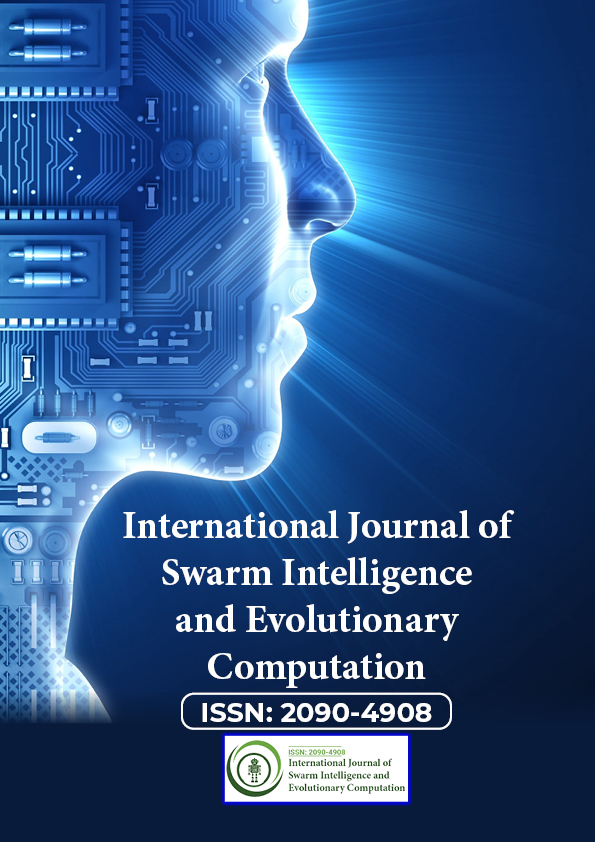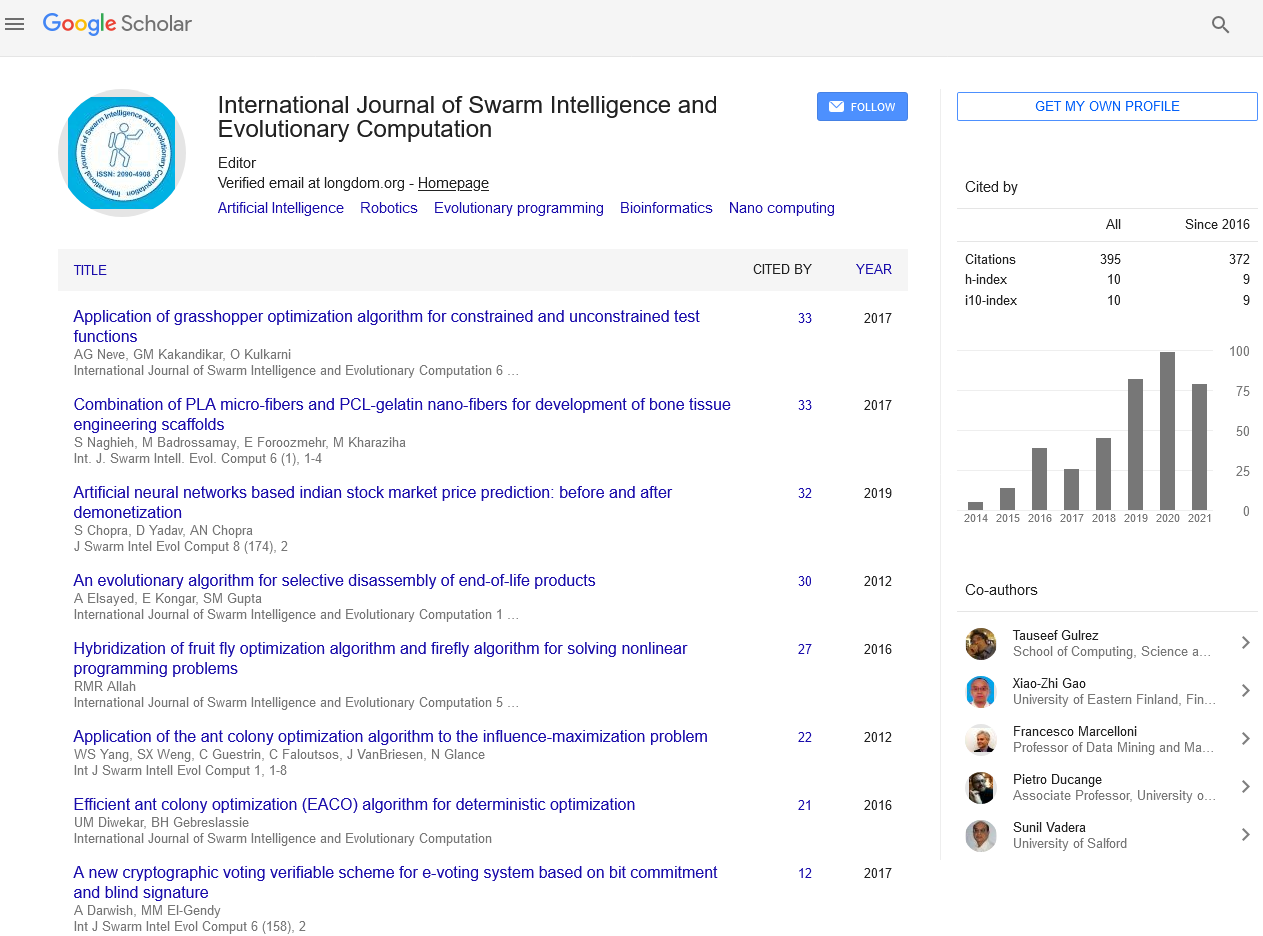Indexed In
- Genamics JournalSeek
- RefSeek
- Hamdard University
- EBSCO A-Z
- OCLC- WorldCat
- Publons
- Euro Pub
- Google Scholar
Useful Links
Share This Page
Journal Flyer

Open Access Journals
- Agri and Aquaculture
- Biochemistry
- Bioinformatics & Systems Biology
- Business & Management
- Chemistry
- Clinical Sciences
- Engineering
- Food & Nutrition
- General Science
- Genetics & Molecular Biology
- Immunology & Microbiology
- Medical Sciences
- Neuroscience & Psychology
- Nursing & Health Care
- Pharmaceutical Sciences
Commentary - (2023) Volume 12, Issue 2
Principles, Techniques and Applications of Data Mining
Paul Jansen*Received: 22-Feb-2023, Manuscript No. SIEC-23-20953; Editor assigned: 24-Feb-2023, Pre QC No. SIEC-23-20953 (PQ); Reviewed: 10-Mar-2023, QC No. SIEC-23-20953; Revised: 17-Mar-2023, Manuscript No. SIEC-23-20953 (R); Published: 27-Mar-2023, DOI: 10.35248/2090-4908.23.12.303
Description
Data mining is a process of extracting hidden patterns and valuable insights from large datasets, which are often complex and multi-dimensional. The goal of data mining is to reveal useful information that can be used to support decision-making, improve business operations, and gain a competitive advantage in various industries. Data mining is a multidisciplinary field that combines statistics, machine learning, database management, and artificial intelligence techniques.
Principles of data mining
Data mining involves several principles that are essential for successful analysis and interpretation of data. These principles include data preparation, data exploration, model building, and model evaluation.
Data preparation involves collecting, cleaning, and preprocessing data before analysis. Data exploration involves visualizing and summarizing data to identify patterns, trends, and relationships. Model building involves developing a predictive model that can be used to make predictions or classify new data. Model evaluation involves assessing the accuracy and effectiveness of the model.
Data mining techniques
Data mining involves several techniques that are used to extract insights from data. These techniques include classification, clustering, association rule mining, and anomaly detection.
Classification is a technique used to categorize data into predefined categories. It involves developing a model that can predict the class label of new data based on a set of training data. Classification can be used in various applications such as customer segmentation, fraud detection, and disease diagnosis.
Clustering is a technique used to group similar data together based on their characteristics or attributes. It involves partitioning data into clusters based on similarity or dissimilarity measures. Clustering can be used in various applications such as market segmentation, image processing, and social network analysis.
Association rule mining is a technique used to discover relationships between variables or items in a dataset. It involves finding patterns or rules that describe how variables or items are related to each other. Association rule mining can be used in various applications such as market basket analysis, recommender systems, and web usage mining.
Anomaly detection is a technique used to identify unusual or unexpected data points in a dataset. It involves developing a model that can identify data points that deviate significantly from the norm or expected behavior. Anomaly detection can be used in various applications such as fraud detection, network intrusion detection, and equipment failure prediction.
Applications of data mining
Data mining has many applications in various industries such as finance, healthcare, retail, and manufacturing. Some of the common applications of data mining include:
Customer segmentation: Data mining can be used to identify groups of customers with similar characteristics or behavior. This information can be used to develop targeted marketing campaigns, improve customer retention, and increase customer satisfaction.
Credit scoring: Data mining can be used to develop models that predict the creditworthiness of individuals or businesses. This information can be used to make informed decisions about lending and credit risk management.
Disease diagnosis: Data mining can be used to develop models that can predict the likelihood of a disease based on a set of symptoms or risk factors. This information can be used to improve disease diagnosis and treatment.
Inventory management: Data mining can be used to forecast demand for products and optimize inventory levels. This information can be used to reduce inventory costs, improve supply chain management, and increase customer satisfaction.
Citation: Jansen P (2023) Principles, Techniques and Applications of Data Mining. Int J Swarm Evol Comput. 12:303.
Copyright: © 2023 Jansen P. This is an open-access article distributed under the terms of the Creative Commons Attribution License, which permits unrestricted use, distribution, and reproduction in any medium, provided the original author and source are credited.


